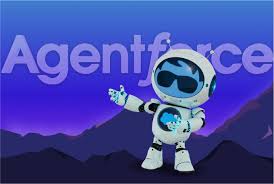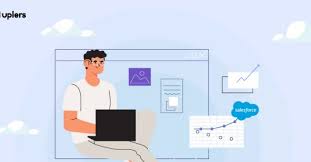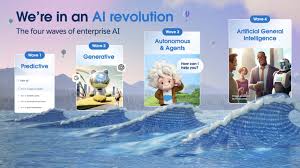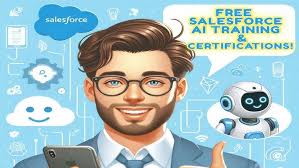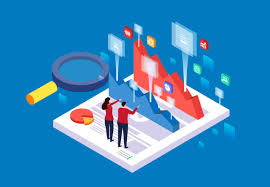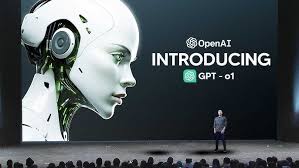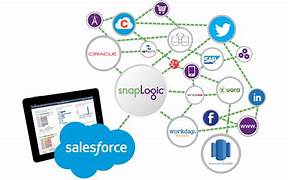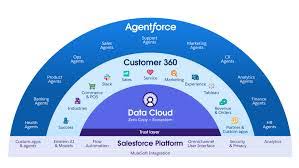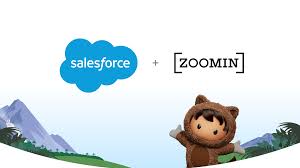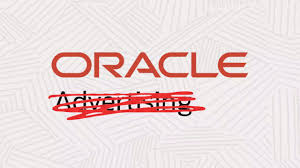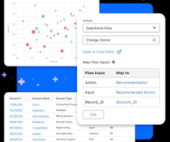CriticalRiver Showcases Salesforce Studio at Dreamforce 2024
CriticalRiver Showcases Salesforce Studio at Dreamforce 2024 PLEASANTON, CA, September 16, 2024 /EINPresswire.com/ — At Dreamforce 2024, CriticalRiver’s Salesforce Studio will highlight its expertise in utilizing Salesforce’s powerful tools to drive seamless digital transformations and enhance customer experiences. With Salesforce technologies at the core, CriticalRiver’s Salesforce Studio has enabled organizations to achieve sustainable growth while navigating the complexities of the digital era. “Dreamforce 2024 offers an excellent opportunity to showcase our longstanding partnership with Salesforce,” said Anji Maram, Founder and CEO of CriticalRiver Inc. As part of this partnership, CriticalRiver continues to develop cutting-edge solutions that boost business outcomes for its global clients. “Our Salesforce Studio has empowered our customers worldwide to implement state-of-the-art designs and solutions, helping them evolve and elevate their customer experiences,” added Vikram Lahiri, Global Salesforce Studio Leader. In addition to sharing success stories, the Salesforce Studio Growth & Leadership team will be available for in-depth discussions on emerging trends within the Salesforce ecosystem. Topics will cover the role of AI and automation in customer relationship management, as well as strategies for optimizing Salesforce investments. Join Us in Celebrating Success Trailblazers are invited to an exclusive social hour hosted by CriticalRiver on Tuesday, September 17, 2024, starting at 5 PM. For more information, please visit our website. About CriticalRiver Inc. CriticalRiver Inc. is a global leader in consulting and technology services, transforming businesses with innovative solutions that address complex challenges. Serving top enterprises, including Fortune 100 and 500 companies, CriticalRiver specializes in Digital Transformation, Digital Experience Management, Digital Engagement, and Digital Engineering. Our mission is to simplify, automate, and enhance operations for scalable growth. Recently, CriticalRiver became a 100% employee-owned company, reinforcing its dedication to customer-centricity, employee empowerment, and shared success. For more information about CriticalRiver’s participation at Dreamforce 2024 or to schedule an interview with our leadership team, please contact: contact@criticalriver.com. Contact: Reet Sibia GwariCriticalRiver Inc.+1 844-228-5319 Legal Disclaimer:EIN Presswire provides this content “as is” without any warranties. We do not assume responsibility for the accuracy, completeness, or reliability of the information. If you have concerns regarding this article, please contact the author directly. Like Related Posts Salesforce OEM AppExchange Expanding its reach beyond CRM, Salesforce.com has launched a new service called AppExchange OEM Edition, aimed at non-CRM service providers. Read more The Salesforce Story In Marc Benioff’s own words How did salesforce.com grow from a start up in a rented apartment into the world’s Read more Salesforce Jigsaw Salesforce.com, a prominent figure in cloud computing, has finalized a deal to acquire Jigsaw, a wiki-style business contact database, for Read more Service Cloud with AI-Driven Intelligence Salesforce Enhances Service Cloud with AI-Driven Intelligence Engine Data science and analytics are rapidly becoming standard features in enterprise applications, Read more

